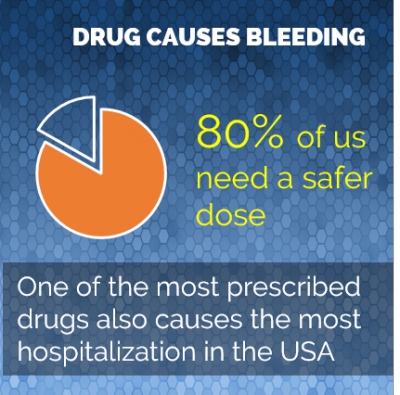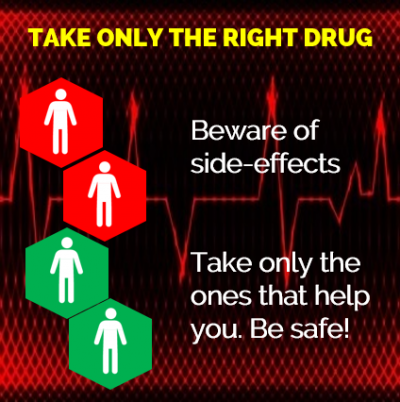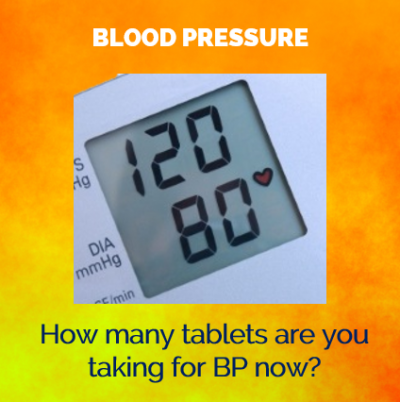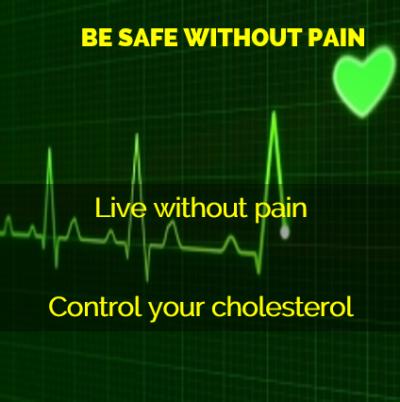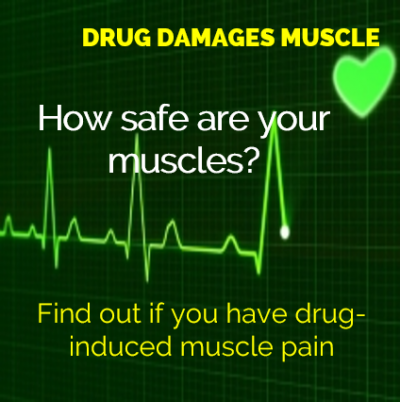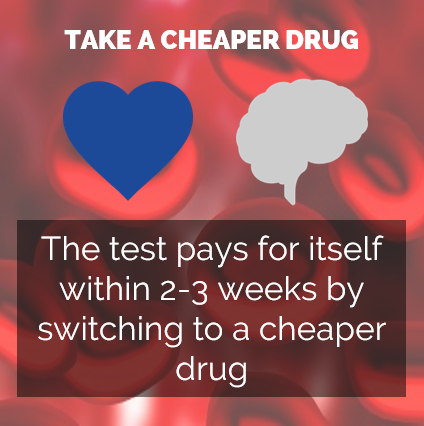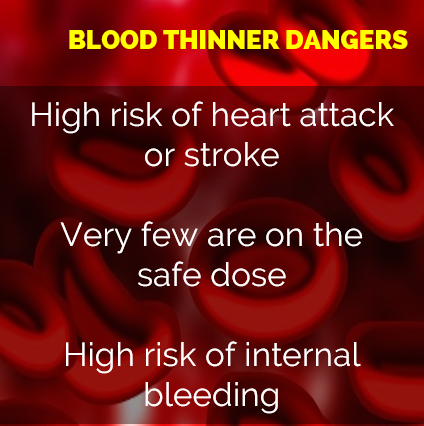Medicine for Thrombosis and Stroke may cause the other extreme: Bleeding emergencies on Warfarin
Warfarin or Coumadin is one of the most popular drugs in the world, and the leading cause of emergency hospitalizations in the USA. This is because it is safe within a very narrow range, and most people end up using unsafe doses. This test is for you:
- Heart attack or Stroke
- Risk of Heart disease or Stroke
- Clotting disease: Thrombosis, Thrombophilia
- Users of Warfarin (Coumadin), or Dabigatran, Acenocoumarol, Phenprocoumon
The US FDA recommends genetic testing for guiding the safe dose of this medicine, and several studies have shown a 50-60% decrease in emergency hospitalization when given after genetic testing. If you’re taking expensive drugs that cost Rs 4000-5000 per month, let’s find out if you can take a safe dose of this cheap medicine and save thousands.
Please do not take or modify therapy without your doctor's consultation

